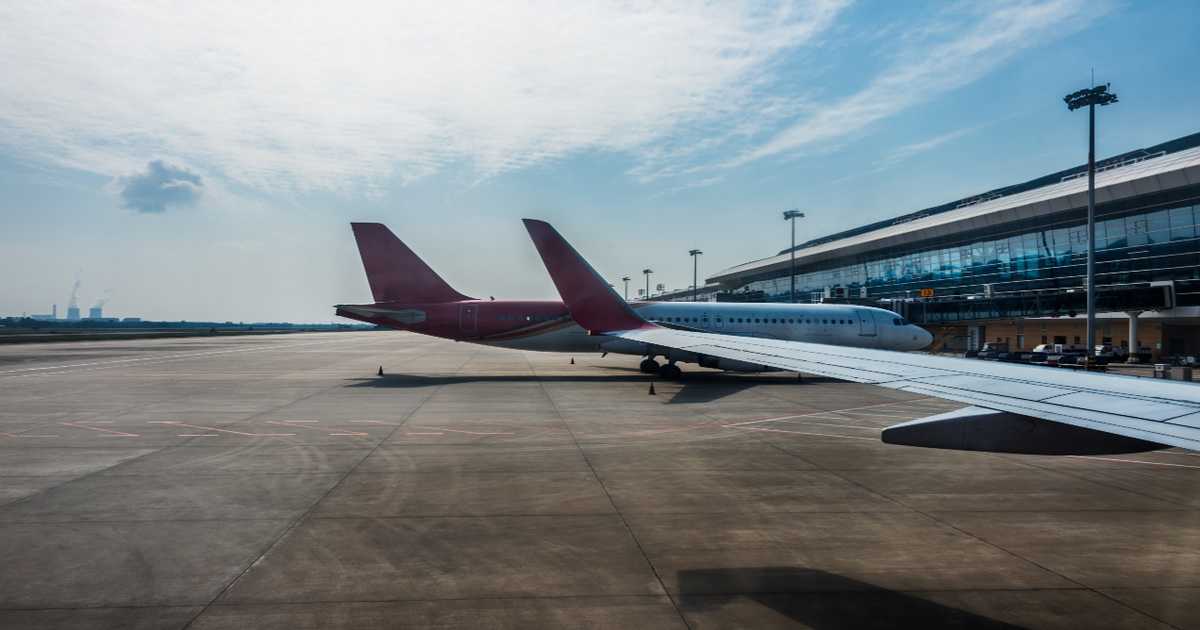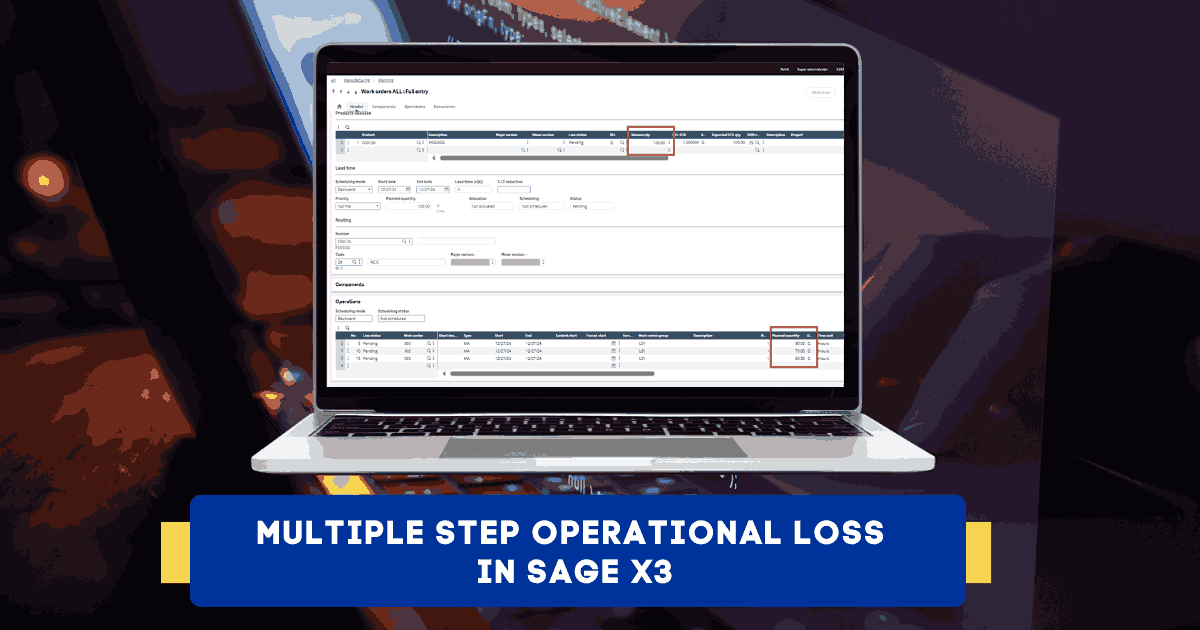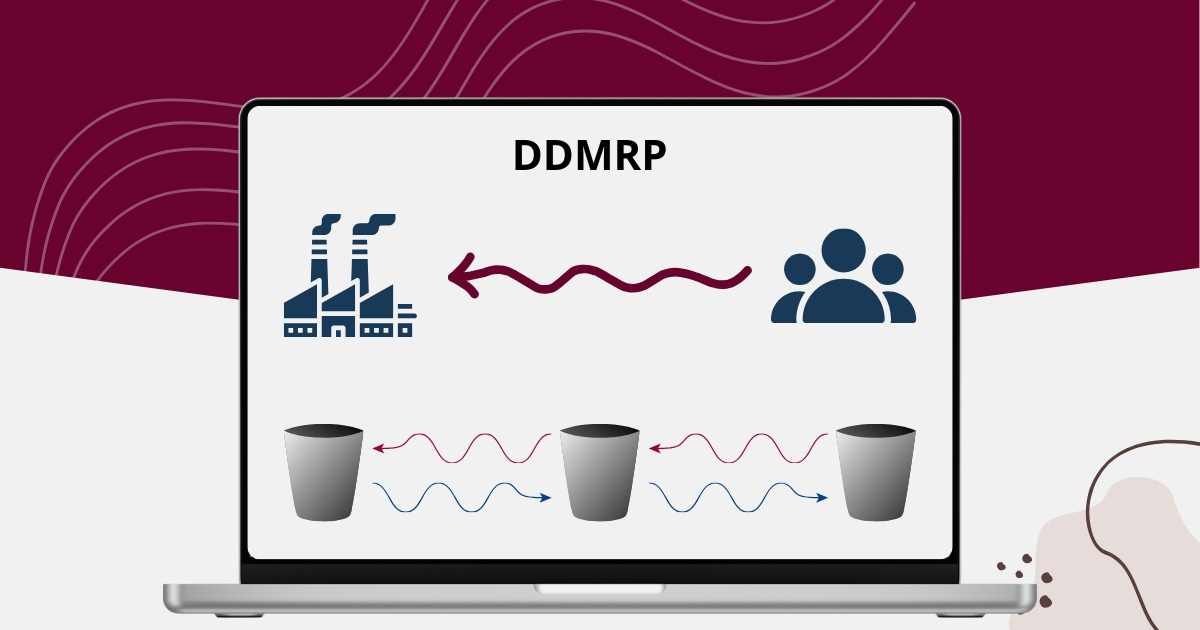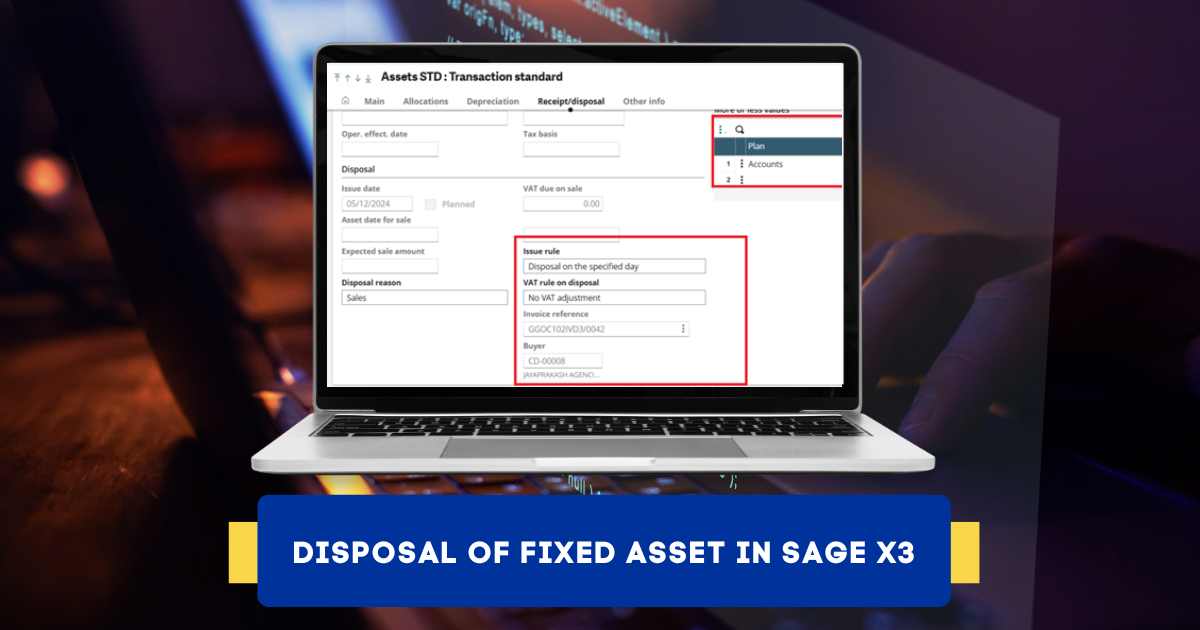What is ERP Airline?
ERP Airline is a digitally inclined strategic software that integrates data from a range of legacy processes in airline operations, such as flight management, fuel storage, crew control, billing and invoicing, and the customer portal. It is a complex system that acts as a record-keeper for a wide variety of records, including aircraft records, cargo records, customer records, employee records, financial records, and regulatory records.
ERP system provide the higher management of airline companies with a unified view of their business operations. It tracks performance and identifies areas for improvement to bring efficiency and consistency throughout the business operations and reduce the number of human errors and waste.
Overview of the Airline Industry
India’s domestic airports recorded an annual growth rate of 42.85% in January–June 2023, according to a report by the Directorate General of Civil Aviation (DGCA). In January–May 2023, India’s domestic airline carried a total of 636.07 Lakh passengers.
There are different factors contributing to this growth. In India, there is an increase in the number of middle-class people. The entry of low-cost carriers has given a more affordable air travel option to this segment of the population. Moreover, India is considered a Powerhouse of Foreign Direct Investment (FDI). With more financial aid coming in, it has facilitated the further development of airports and related infrastructure and facilities.
You May Also Like: What is Discrete Manufacturing? Definition, benefits and examples
Challenges Faced by the Airline Industry
-
Limited Infrastructure
India is one of the most populated countries in the world. India’s airports are not well equipped to handle a sudden surge in passenger traffic. With growing demand, domestic airports add new planes to their fleet. However, it also results in other problems, such as congestion and flight delays.
-
High Fuel Prices
Fuel prices make up around 40% of India’s airline operating costs. Furthermore, the depreciation of the Indian Rupee makes fuel even more expensive. High fuel prices put a major strain on the aviation industry, which is forced to increase ticket prices.
-
Security Challenges
India has been a target of terrorist attacks for many years, with two airplane hijackings in 1985 and 2001. With airline companies becoming interconnected with each other, they have also become more vulnerable to cross-border terrorism, cyberattacks, and drug smugglers. There is a growing need to deal with emergency response more often.
-
Regulatory Compliance
The regulatory framework in India for the airline industry is too complex and challenging. Indian airline companies have to adhere to the regulations set by multiple agencies, such as the Airports Authority of India (AAI), the Directorate General of Civil Aviation (DGCA), the Bureau of Civil Aviation Security (BCAS), and the Ministry of Civil Aviation. It results in confusion, uncertainties, legal disputes, and delays.
Future Trends in Airline Industry
-
Low-cost Carriers
A Low-cost Carrier (LCC) is an airline that doesn’t offer traditional services such as baggage, food, drinks, and seat allocation. Due to the unavailability of the services provided by premium carriers, LCCs are economical and offer lower fares.
-
Regional Connectivity
While India is the fastest-growing economy in the world, there is an increasing focus on interconnectivity between Indian states and cities through air travel. The aviation industry is positively responding by announcing new air routes and services.
-
Artificial Intelligence and Automation
Airline companies are embracing Artificial Intelligence (AI) and automation for predictive maintenance, baggage handling, effective customer support, and various other activities. The use of these technologies helps reduce human errors and eliminate delays.
-
Focus on Sustainability
There is increasing awareness about the environmental impact of air travel in the aviation industry. Air companies are recognizing the need to shift to sustainable methods. Many Indian airports are incorporating modern technologies such as semi-automatic robots to reduce fuel consumption, emissions, and plastic usage.
You May Also Like: ERP for Aviation Industry
Benefits of Using ERP Airline
-
Integration with IoT Devices
The Internet of Things (IoT) is a network of physical objects. These objects are embedded with sensors, specialized software, and network connectivity for the purpose of data exchange. The Enterprise Resource Planning (ERP) tool’s integration with IoT devices helps airline companies get real-time data about the engine’s condition and predict mechanical failures, aircraft component malfunctions, fuel shortages, fires, and other emergencies.
-
Data Analytics
Data Analytics is the process of collecting, analyzing, filtering, and interpreting data using a wide range of techniques. The aviation industry is increasingly using different modules of ERP for data analysis purposes such as trend and pattern identification, descriptive analysis, situation forecasting, historical data comparison, and identification of anomalies.
-
Standardization of Business Operations
Many airline companies have multiple airports in different cities, states, countries, or continents. ERP for the aviation industry promotes standardization in its processes. The increased consistency across business units pays off in different ways, such as higher efficiency, accuracy, and greater control over the entire business.
-
Rigorous Quality Tests
Some materials are purchased from the manufacturer, and then they go through different distributors before they are delivered to the airline company. When that happens, each supplier has to perform thorough quality checks and release quality assurance certificates. Enterprise Resource Planning software keeps track of certifications at each level, beginning with the origin of the material, and ensures efficiency in the supply chain.
-
Better Resource Allocation
ERP in airline industry tracks real-time data on flights, aircraft maintenance, passenger details, and crew availability. With easy access to business intelligence tools, companies can better optimize their resources, bring down operational costs, reduce the workload on critical resources, and allow non-critical resources to get more hands-on experience.
-
Efficient Handling of Inventory Requirements
Many airline companies sell different products and services, such as food and beverages, clothing, souvenirs, and luggage storage. Indian ERP software provides complete inventory management for these items. Moreover, it allows capturing specifications and important details at the detail level, tracking lots and sub-lots alongside documentation. The inventory module in ERP powers the aviation industry with a centralized record of inventories and prevents under-stocking and over-stocking situations.
-
Compliance and Reporting
The Business Management System empowers airline businesses with financial automation, stringent data security controls, audit trails, automated workflows, tracking capabilities, and advanced reporting and analytics. This improves the company’s ability to comply with the latest rules and regulations. By being compliant with the Enterprise Resource Planning System, the company can retain its reputation, prevent legal issues, and create a healthy environment for business activities.
Conclusion
The operation of an airline company is a complex and challenging task as it requires dealing with unexpected situations, weather, and mechanical problems. An ERP solution for the aviation industry automates many of the manual tasks and brings transparency to business operations. It provides real-time access to key data so that management can make informed decisions.
Sage X3 is a highly adaptable solution that brings integrity throughout all the business processes, from airport administration to airplane maintenance to customer support to regulatory compliance. It allows modern-day airline companies to effectively face their unique challenges and ensure timely and cost-effective operations.







